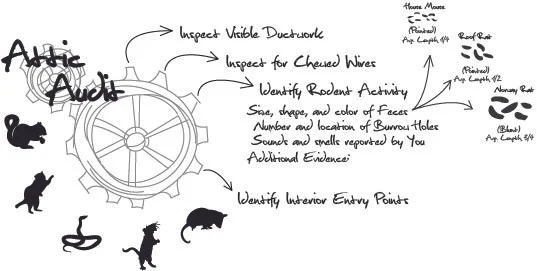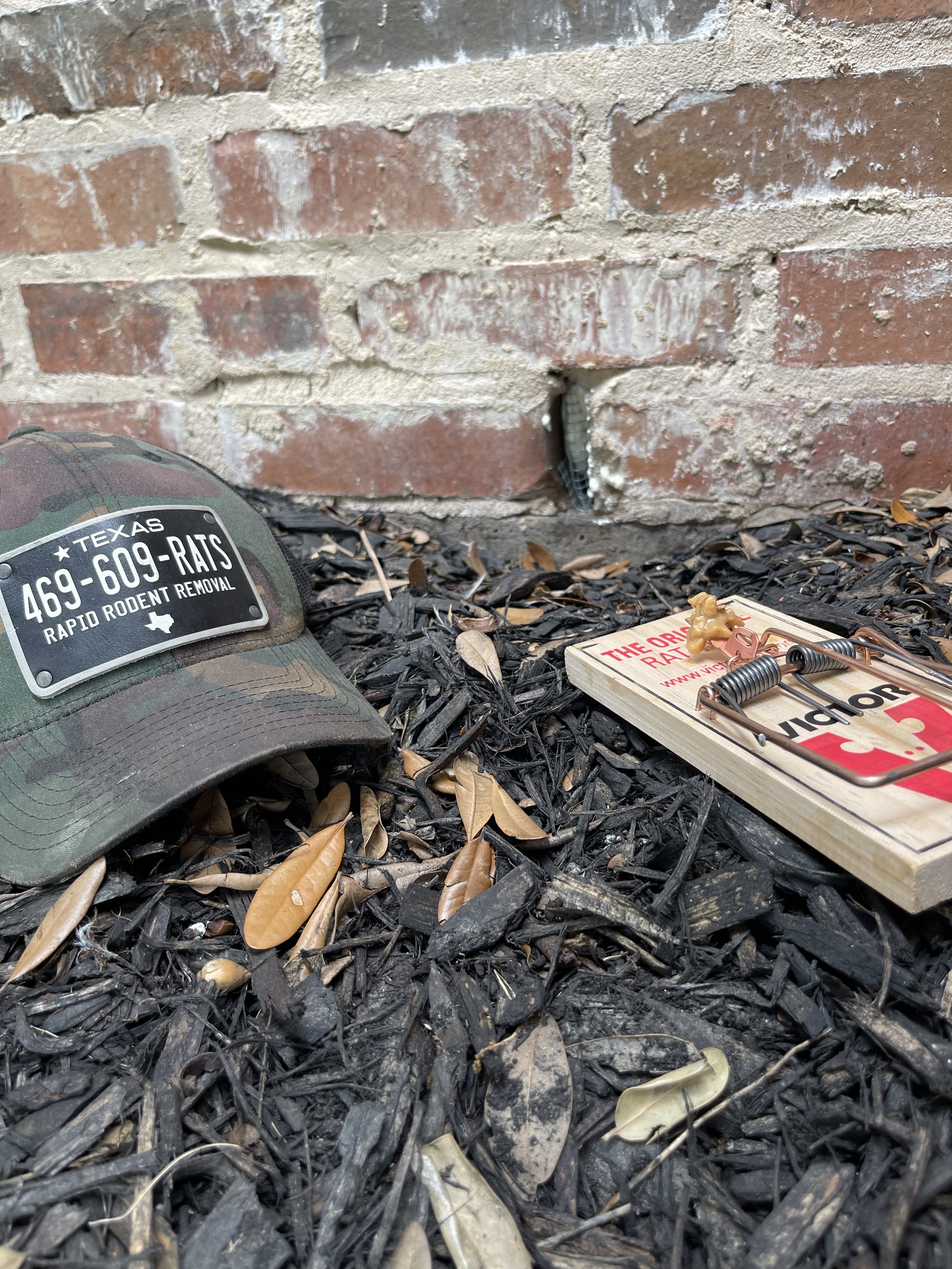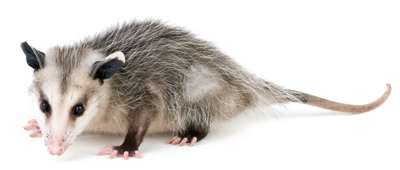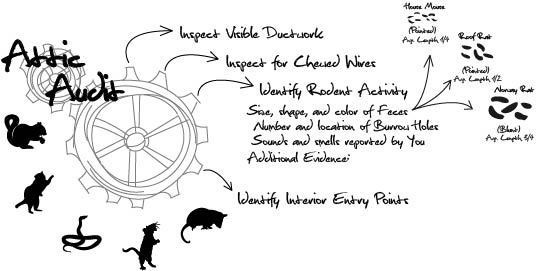Tree squirrels are jerks, and the most common nuisance for homeowners because they inhabit attics and garages build squirrel nest and cause lots of damage. They often gnaw on the exterior and interior walls, timbers, cables, and electric wiring. They have been known to short out electric power transformers due to their activities around power lines, which is why squirrel trapping is encouraged.
Squirrels are typically discovered because they make a lot of noise in the area they inhabit. The gray squirrel is the most common structure-infesting squirrel species. Squirrels are abundant in the wild because their numbers far exceed the number of predators. The large population and decreasing natural habitat due to construction in many areas cause them to seek shelter in houses. The chilly months of fall and winter cause squirrels to seek the warmth that is found in attics, and cause Animal in the Attic problems. Read about When do Squirrels have babies
What should I do if there’s a squirrel loose in my house?
A squirrel who has entered a house is there by accident and will be desperate to get out. Place any pets in another room. Close all interior doors and open a window or exterior door in the room. Leave the squirrel alone, so they can find their way out. (They can jump from a second-story window onto a lawn without harming themselves, but don’t let them jump onto concrete.)
If there is no possible exit, set a humane trap baited with peanut butter on the floor near the squirrel and leave them alone for a few hours, then release the trapped squirrel, or call a professional to release it for you. If obtaining a trap isn’t an option, try this method:
Put on heavy gloves.
Slowly approach the squirrel with the blanket held in front of your body, so that they don’t see a human form.
Drop the blanket on the squirrel and quickly roll it up, taking care not to put too much weight or pressure on them.
Take the squirrel in the blanket immediately outside and gently open the blanket on the ground, letting the squirrel escape.
What does rat poop look like ?
What does squirrel poop look like ?
What does raccoon poop look like ?
What does opossum poop look like ?
How do I remove squirrels? What can I do to keep squirrels out of the attic or garages?
A consistent trapping program is best for squirrel control, along with exclusion.
SQUIRREL TRAPPING NEAR ME
Dallas Squirrel trapping - McKinney Squirrel trapping - Frisco Squirrel trapping - Plano Squirrel trapping - Garland Squirrel trapping - Sachse Squirrel trapping - Wylie Squirrel trapping - Murphy Squirrel trapping - Richardson Squirrel trapping - Parker Squirrel trapping - Lucas Squirrel trapping - Allen Squirrel trapping - Fairview Squirrel trapping - Heath Squirrel trapping - University Park Squirrel trapping - Highland Village Squirrel trapping - Anna Squirrel trapping - Prosper Squirrel trapping - Rockwall Squirrel trapping - Rowlett Squirrel trapping - Mesquite Squirrel trapping - Irving Squirrel trapping - Carrollton Squirrel trapping - Lewisville Squirrel trapping - Little Elm Squirrel trapping - The Colony Squirrel trapping - Coppell Squirrel trapping - Carrollton Squirrel trapping
Squirrel Control Trapping
Removal of any diet source: birdseed, for example, because they attract the squirrels is the first business order.
Use gutter guards: Using gutter guards and covering downspouts will reduce the number of squirrels entering through the rooftop and facia boards.
Trapping: The live trapping method of trapping squirrels is the only way to remove unwanted squirrels. Catching a squirrel is the only way to get rid of squirrels in your attic, once they have chewed holes. It is important to seal up and repair all entry points after trapping the squirrels, so they no longer have access.
Locate the trap along the path of entry and places of known foraging activity.
Go about 4-5 miles away to relocate the squirrels, or it will find its way back to your area.
You may want to consider local ordinances for trapping squirrels, in that they differ. Sometimes, a professional trapper with a nuisance control license is needed to capture the squirrel and relocate it.
Single door rigid live trap, with Automatic locking doors to provide an almost escape-proof catch every time.
Measures 18"x5 x5" with 1/2" grid.
Made in the USA.
The closing mechanism is one of the best on the market.
Keep Squirrels Out of your residence
Once you've removed your squirrel(s), keep them out by taking some important preventative steps:
Reduce attractants: clean up fallen birdseed, nuts, berries, etc.; remove garbage; replace birdseed with a type squirrels dislike.
Limit accessibility: trim tree branches within 10 feet of your home or feeders; cover nearby power lines with plastic tubing; install a chimney cap; repair broken vents/screens and holes in your home's exterior.
How to prevent squirrel entry to buildings
Trim tree branches that may overhang the roofline.
Remove firewood stacked against the building.
If there are cracks in the foundational wall, repair them.
Seal entry points
Squirrel Animal Trapping Tips
Always use work gloves when handling the traps with a squirrel inside.
Some trappers like to use a technique called "pre-baiting" to gain the squirrel's confidence. Leave the trap out, wired open (so it won't shut) with the bait so that they can get used to the object in their environment. However, most of the time, this technique is not needed to trap squirrels successfully.
Place traps where you hear or see the activity. Using a Rat/Squirrel lure(walnut/nut oil-based) on a cracker or piece of fruit behind the trip pan is very helpful as a lure. You may also try peanut butter. Next, use sunflower seeds on top of that and trail a line of sunflower seeds out the trap's front door so that there are "free" seeds a couple of feet in front of the trap. This method will help overcome any anxiety the squirrels may have about entering the trap.
What is the best way to trap a squirrel?
Once again, we want to reiterate that it is always better to seek out professional help when trapping animals.
The trappers at Rapid Rodent Removal are qualified to trap squirrels, and have the most experience to properly set the trap locations, bait the traps, check them regularly, and remove the squirrels safely.
Single catch traps tend to be the most effective when you set them near banks and burrows. Leaving the sides revealed invites squirrels to examine the ‘burrows’ more closely.
In places where it’s difficult to get ground traps set up, it is also possible to set traps in trees.
Trap Deployment
At the selected site, level an area of ground where you need to put a trap. Lay it so the mesh floor of the trap is flush with the ground. If you have one, use a metal ‘bait plate’ joined to the lower part of the trap to limit bait loss due to other rodents.
Secure the trap by fastening it down, and leave the trap with the entryway held open. At this stage, the trap should be ready.
For at least five days it’s important to bait the trap without arming it so local squirrels know that there’s a food source available.
Every day check the trap and see if the bait is being eaten, and check for squirrel poop
Corn or pecans make great bait. This pre-bait period also lets you know if squirrels are in fact coming to check the traps and if you have found a good location.
Squirrel Removal by Checking Trapswhile doing the catch and release methhod
After the multi-day pre-baiting period has passed, set the trap. Make sure that the trap functions properly, and then place a few bait pieces at the rear of the loop and the passageway.
When a trap has been set, check it once a day. If you have a lot of animal activity you should check it a few times a day.
While Rapid Rodent Removal is also a roofing company , and Wildlife Experts, thats who we send out to your home, he doesn't come with a one-size-fits-all plan to offer you. Our Experts will conduct a thorough Home Inspection of your attics, crawl spaces, and exterior of your house in order to assess the problem and find possible solutions. We will take into account all presenting evidence found in and around your home and factor in your reports of sounds, smells, sightings, etc., in order to formulate a Custom Rodent Removal Plan that includes:
Resolving the Wildlife Problem
Sanitizing and Deodorizing Your Home
Repairing any damage to wires, ducts, interior walls, insulation, etc.
Preventing future issues by sealing up any possible entry points on the exterior of your home
Providing Customer Education throughout the entire process to empower you to maintain rodent control on your property
Here's a look into the mind of our experts and a sneak peek at what you will see when they arrive at your door:
Signs You May Have a Squirrel Infestation
Before you begin treating squirrels, you must confirm that you have squirrels in your attic, as several types of pests could be mistaken for squirrels.
Here are a couple of signs that you likely have squirrels in your house:
Scurrying, scratching, and chewing noises coming from the ceiling, attic, or crawl spaces
Teeth marks on wood or wire
Chewed electrical wires
Water damage present on the walls and ceiling
Air vent damage
Unpleasant odor coming from your vents or ceiling (from decaying squirrels)
Steps for How to Get Rid of Squirrels in the Attic
So, if you have squirrels in your attic, how can you get them out? Keep reading to learn about the different steps you can take to get squirrels out of your attic right away.
1. Locate the Nest
If you believe you have a family of squirrels in your attic, start by looking for the nest. Squirrel nests are usually made of leaves, insulation, cardboard, or paper.
2. Seal Attic Openings
Like all rodents, squirrels can fit through tight, small entry points. So, you must seal off all small entry holes to your home and attic to keep more squirrels from coming in. Closely examine your home for entry points, then seal them with a caulking material or close them off with wire. Leave one opening until squirrels have left your attic, then fill it in as well.
3. Use a One-way Cage Trap
Try installing a one-way cage trap to get rid of squirrels in your attic. Leave the one-way cage door outside the entry point you left open so that the squirrels are caught in the cage when they exit your attic. Then, you can relocate them far away from your home, at least five miles away. Please remember that squirrels and wildlife can’t be relocated and trapped in some states, so check your local laws first.
Crawl space? Challenge Accepted!



















